Kia has stated its intentions of remaining in the sub-$20,000 end of the new-car market in Australia indefinitely, with the confirmation that the current Picanto will live on and evolve at or near its $16,000 price point for a number of years to come.
Speaking to CarsGuide in Melbourne, Kia Motors Australia (KMAu) product planning boss, Roland Rivero, revealed plans for the brand’s popular A-segment supermini to be updated over the next few years, with improvements and possibly more facelifts aimed at keeping it fresh yet price competitive, and without going to the expense of an all-new generational model change.
“There are two things I’ll say about Picanto,” he said. “One: it’s been a big success, and two: it comes out of a very important factory that the (Hyundai Motor Group chairman Eui-Sun Chung) owns.
“So, it’s got to keep churning. It’s successful in Europe as well as in a bunch of regions… so I don’t see Kia giving up on (such an important) segment vehicle – both KMAu and Kia globally.
“This current generation may have a fairly long life – there may still be a couple of facelifts.”
With Kia Motors’ shift towards electrification well under way, it is believed that the existing Picanto (launched as the third-generation JA-series in March, 2017) will serve as the brand’s global entry-level model past the halfway mark of this decade, before it too switches to an EV offshoot.
When it was released five years ago, the current iteration kicked off from $14,190 before on-road costs, and yet even with the 2020 facelift bringing small but worthwhile specification improvements, it currently retails from $15,990 for the base S manual, $17,590 for the S auto, $19,040 for the GT-Line auto and $20,490 for the rorty GT turbo manual. The latter, in particular, is a highly unique proposition in the new-car market that KMAu deserves credit for persevering with.
With the Mitsubishi Mirage now dropped, the only other new cars available from under $20,000 in Australia right now are the MG3 Core auto and Suzuki Baleno GL manual from $18,490 apiece, the Baleno GL auto and Suzuki’s Ignis GL manual from $19,490 each, the Fiat 500 Lounge from $19,550 and the Kia Rio S manual from $19,690.
.jpeg)
So, while Picanto is safe for now, what of the other Kias?
How long the Rio can cling below the $20K threshold remains to be seen, since – like most other rivals like the Suzuki Swift, Toyota Yaris, Mazda2 and Volkswagen Polo – it too is facing very strong upward pricing pressure.
Kia isn't saying anything about what will happen with Rio, but a clue can be ascertained with what's happened in the next class above.
Unexpectedly, with the explosion in popularity of small SUVs and crossovers, even the sub-$25,000 C-segment small-car class is being deserted in droves, with just the entry-level manual-spec Toyota Corolla and Hyundai i30 slugging it out. The most recent rat to jump ship has been the cheapest Subaru Impreza 2.0i (formerly $24,190 but now $27,490 in albeit higher-equipped 2.0i-L guise).
Kia read the writing on the wall early in 2021 by dropping the base $22,190 Kia Cerato S manual version to make space for the Rio-based Stonic crossover (from $21,990 manual/$23,490 auto), leaving the Cerato S auto from a hefty $25,990 today. It wasn’t too long ago that the latter was endlessly discounted as a $19,990 driveaway deal.
.jpeg)
According to KMAu chief executive officer, Damien Meredith, the brand will continue to offer models in the mid-teen to low-$20,000 range for as long as possible, especially as having fewer competitors means a larger slice of the action for those who hang on.
“Our strategy has always been to remain strong in market share in those A/B/C (class size) areas, and to ride the wave, because we knew the new product was coming in regards to SUVs, and that’s where we got our growth,” he said.
“But the standard of Picanto, Rio and Cerato has remained incredibly strong. We’re more than happy with what’s occurred there, and our view is, yep, those segment shares continue to dwindle, but our market share in those areas will continue to grow because we think there will be fewer competitors in those areas.
“At the moment I think we’re selling about 160,000 cars (in A/B/C), but it’s still a lot of cars. It’s a lot of cars we can still get our teeth into.”
However, as Kia’s brand image improves and broadens thanks to the unexpected success of premium EVs like the EV6, Mr Meredith believes it will ultimately be up to new Chinese brands to pick up the slack at the bottom end of the market.

“When Toyota and Mazda moved up in pricing significantly it created a gap,” he said.
“And there are extenuating factors why that occurred – exchange rate, cost of materials, cost of production etcetera. But we were under the same pressure… we actually got a lot of growth out of $19,900-driveaway Cerato, which was incredibly strong for us. It took Cerato from 14th best-selling small car in Australia to third best-selling small car.
“But with our brand strength, brand growth, brand enhancement, we moved up, one or two levels, and we created a void for Chinese brands. I think MG has filled that exceptionally well. Toyota and Mazda pushed up, we pushed up, we left a void.
“We will still compete in passenger vehicles. But we won’t be competing on price. We’ll be competing on the product and the brand, because we’ve been able to push those to higher levels on the quality of the product and the strength of the product.
“That’s just the maturation of the brand that you would always want to push up; we’ve been able to achieve that while pushing up our volumes and market share. Our success has been led by great product, repositioning the brand somewhat, and being able to win awards with the product we have.”




.jpg)







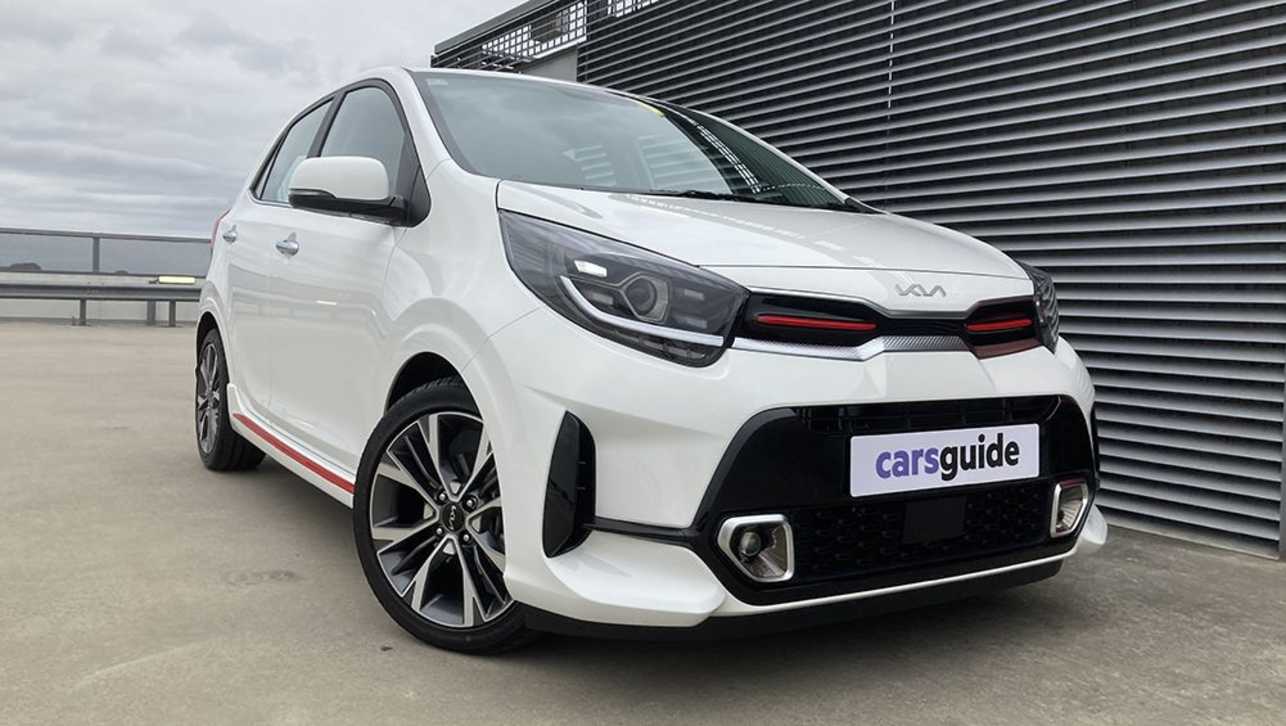
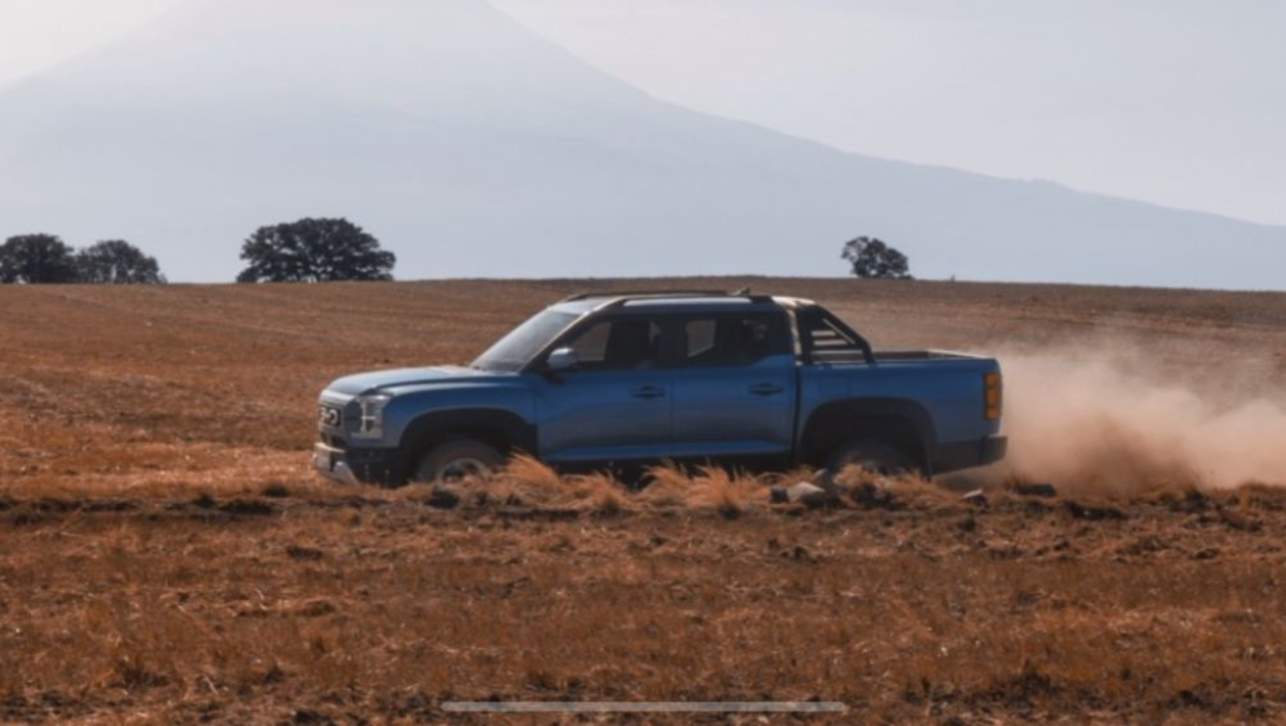
.jpg)
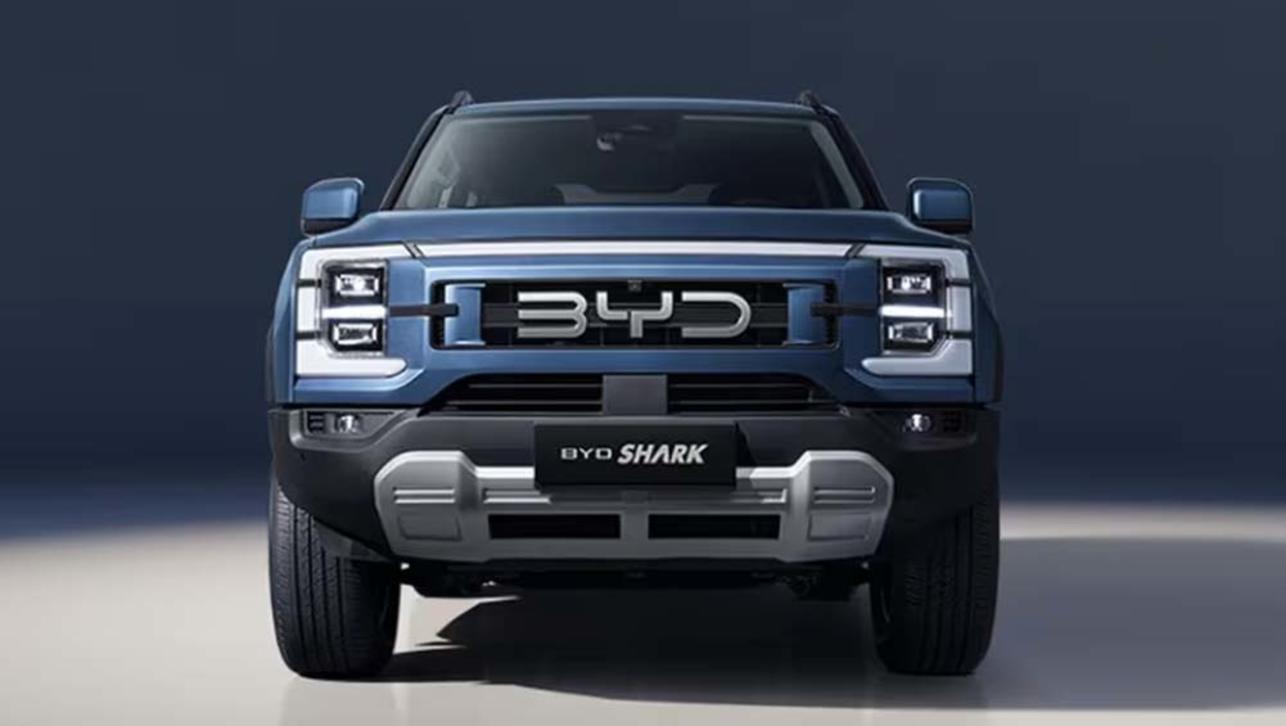
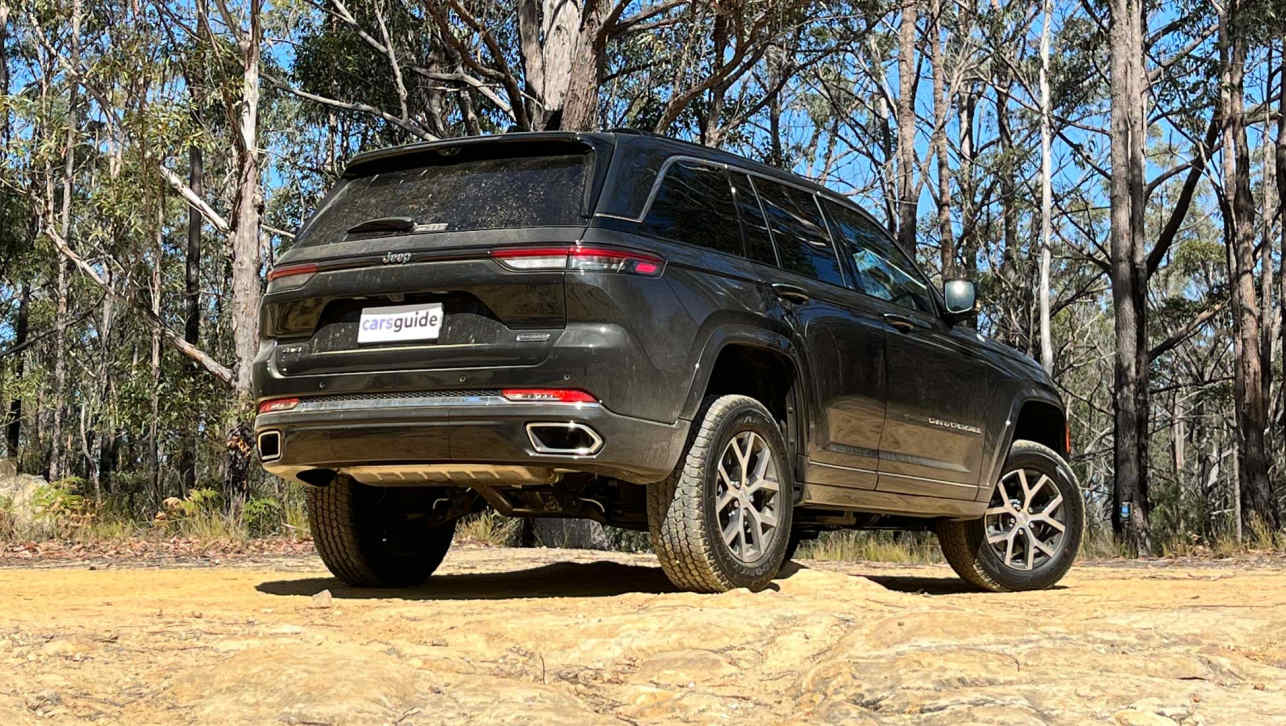
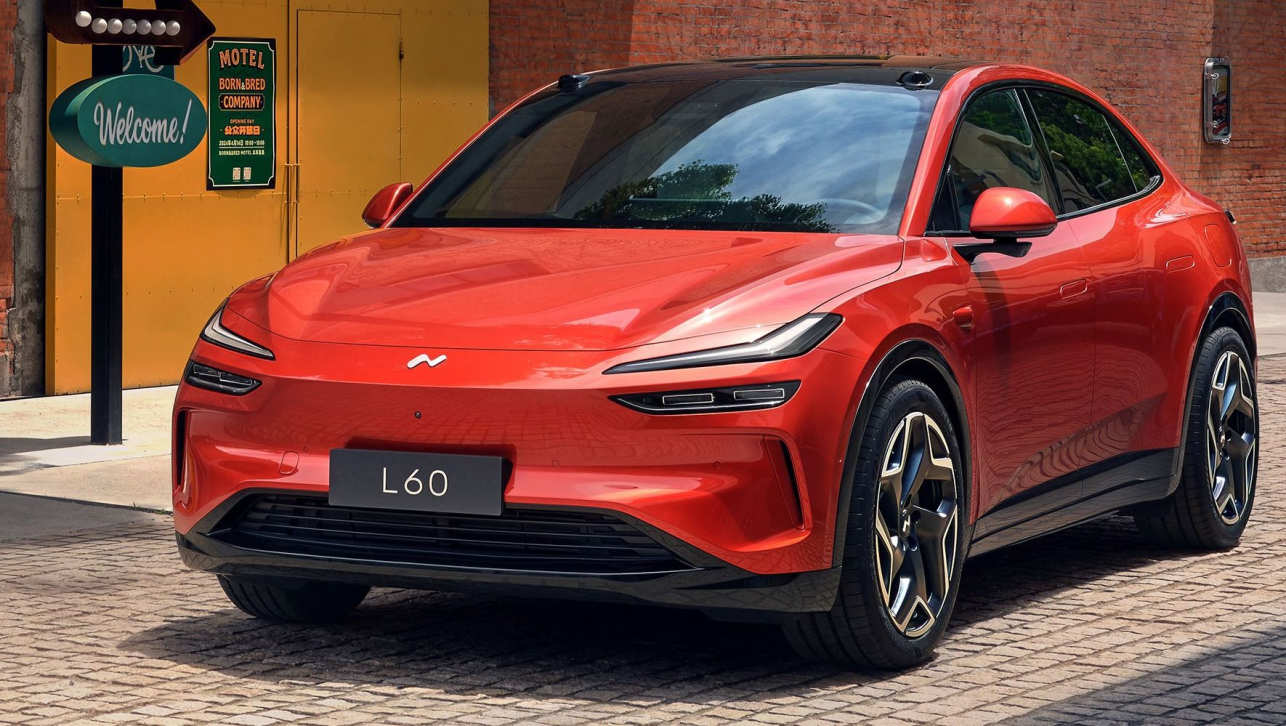


.jpg)

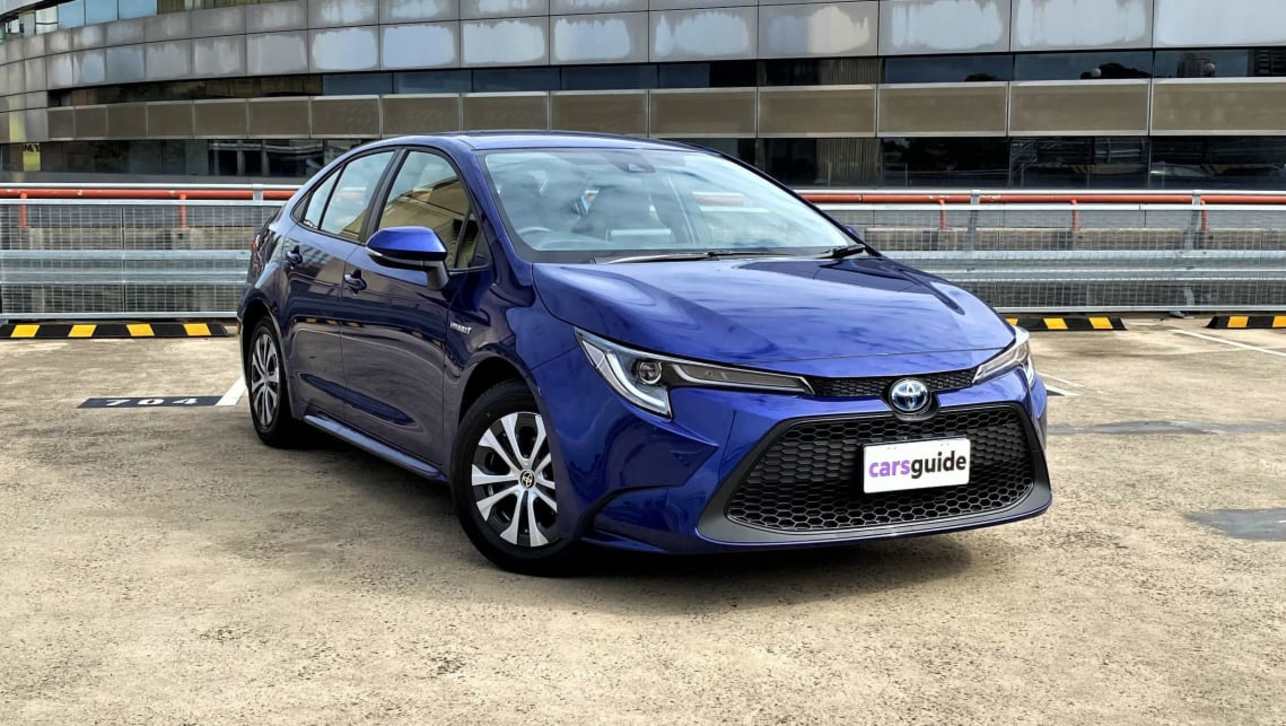
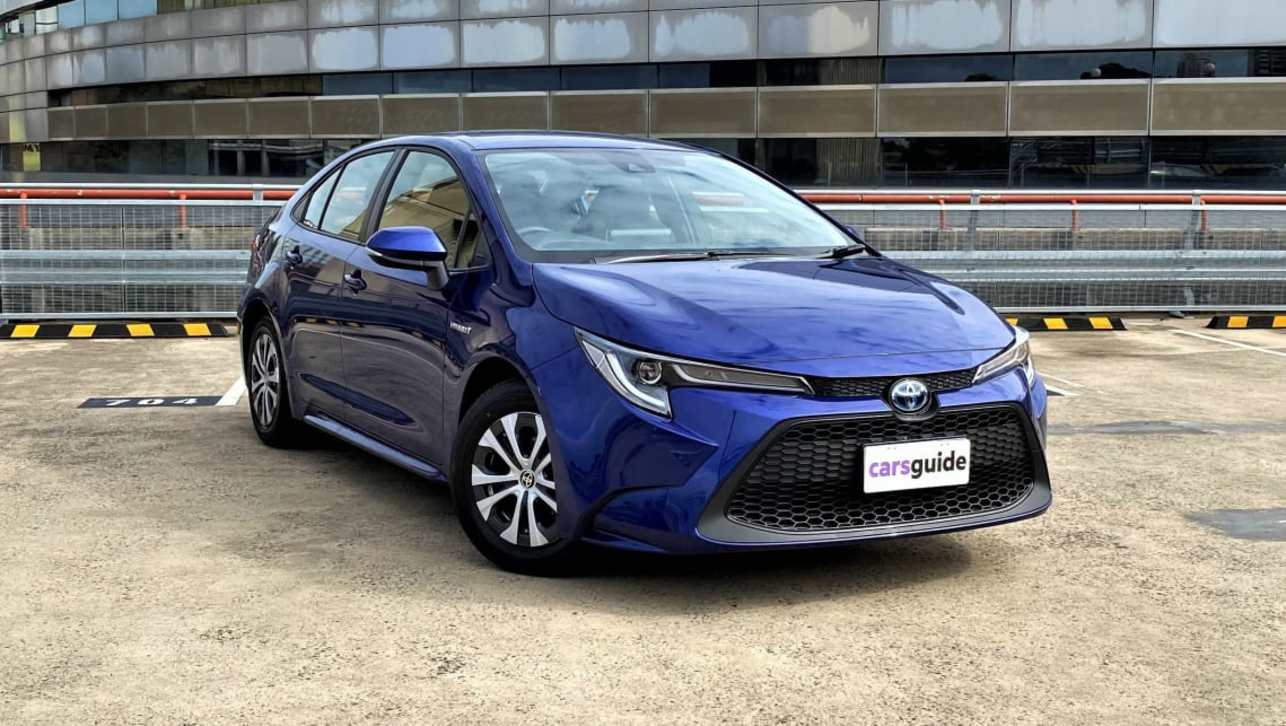
.jpeg)





Comments